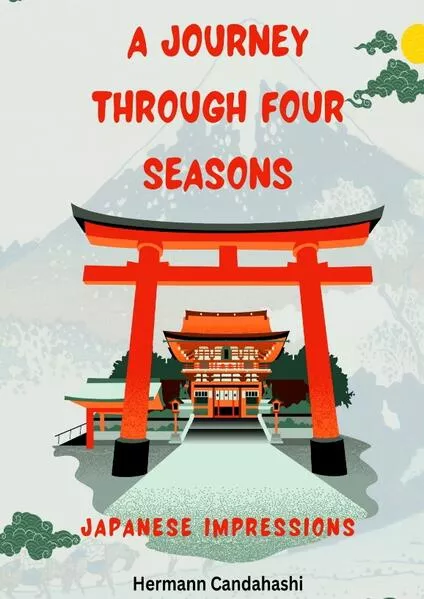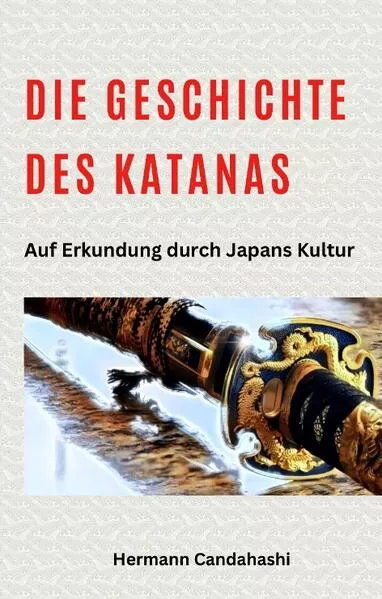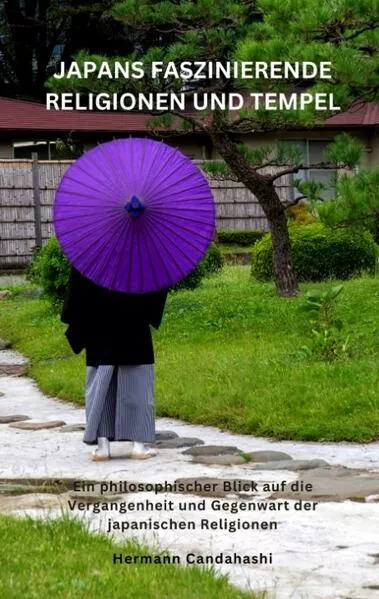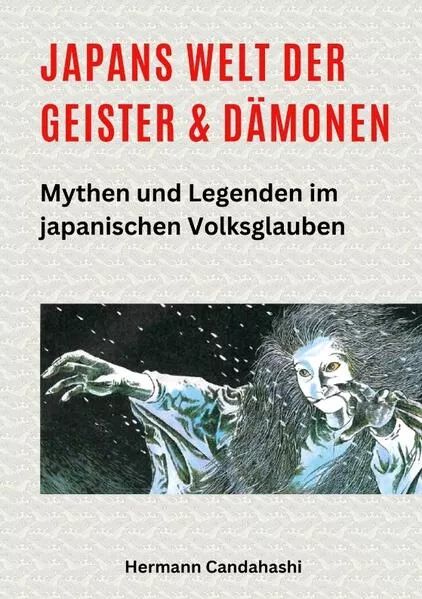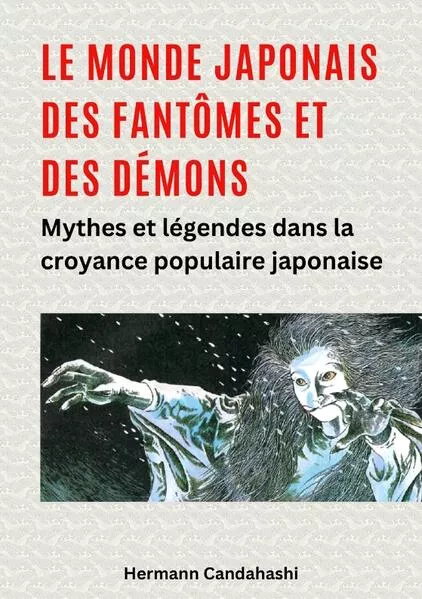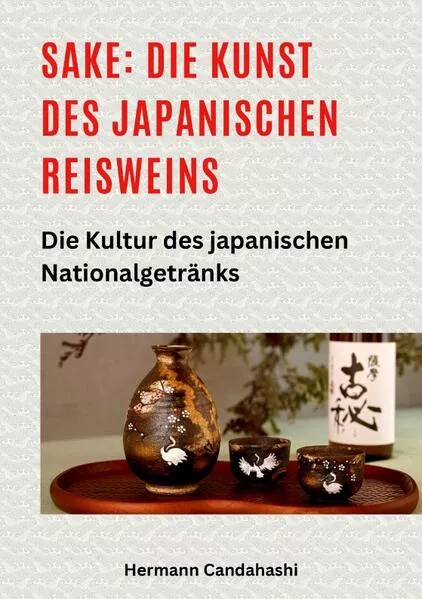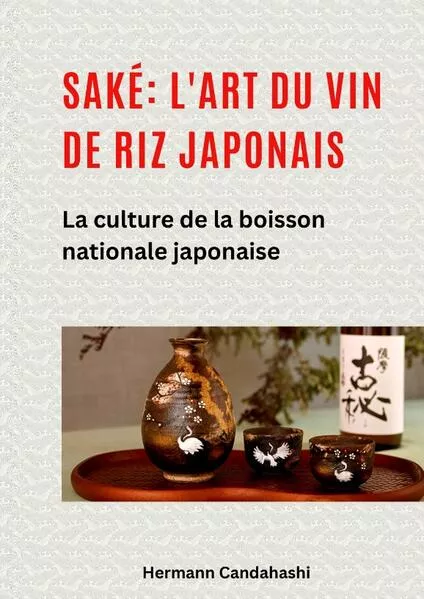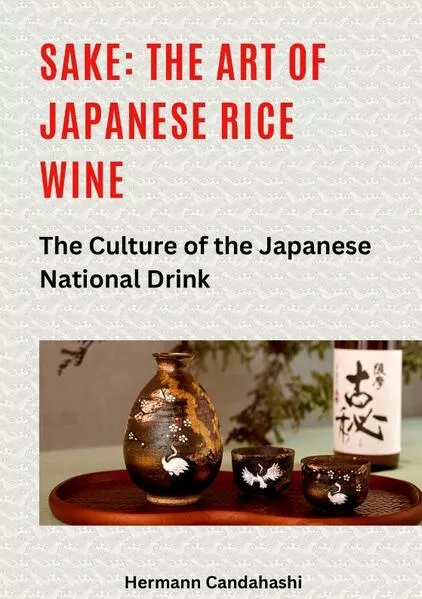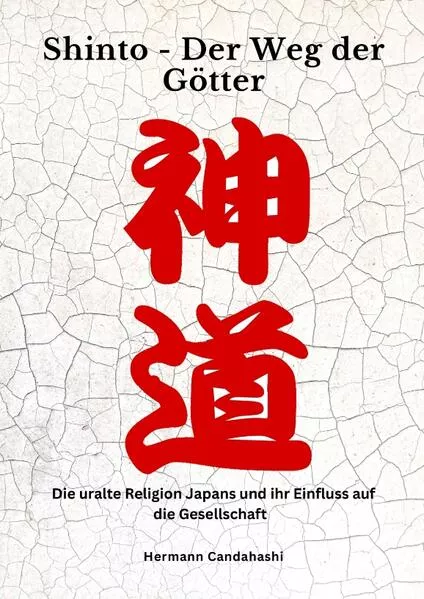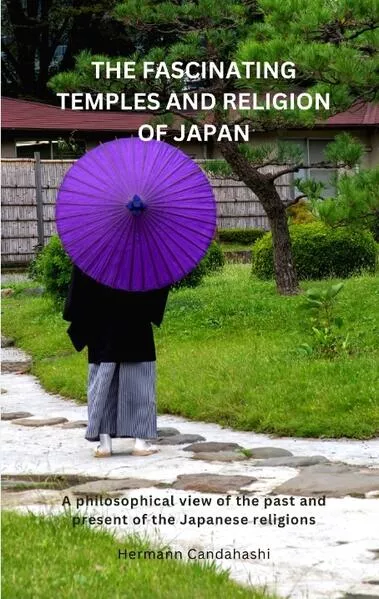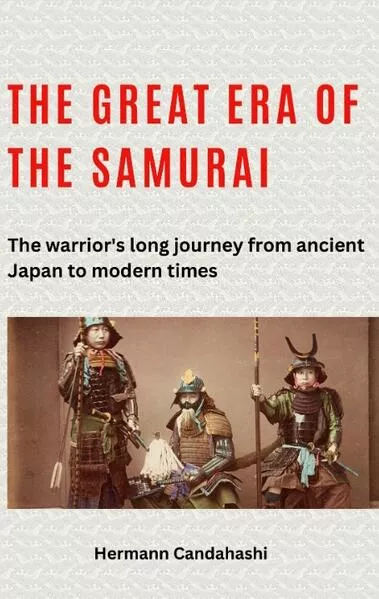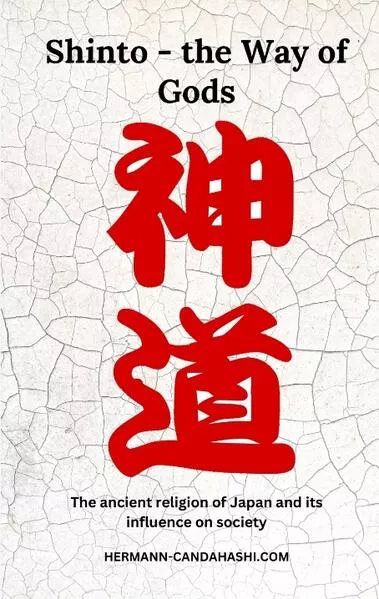
Hermann Candahashi
Shinto - The Way of Gods
- the ancient religion of japan and its influence on society
ISBN: 978-3-384-03765-7
237 Seiten | € 19.90
Buch [Taschenbuch]
Erscheinungsdatum:
11.10.2023
Ratgeber
Hermann Candahashi
Shinto - The Way of Gods
the ancient religion of japan and its influence on society
1.0/5.00 bei 1 Reviews - aus dem Web
“shinto: the way of the gods – the ancient religion of japan and its influence on society” is a comprehensive examination of the shinto religion and its significance in japanese society. shinto, which literally means “way of the gods,” is one of the oldest religions in the world and has a profound influence on japanese culture, history, and identity.
in this book, we explore the origins of shintoism and the fundamental principles of this religion.
we take a look at the various types of shinto shrines and their significance as places of worship and purification. furthermore, we examine the diverse rituals and ceremonies practiced in shinto and how they shape the spiritual lives of people in japan.
another important topic is the connection between shinto and nature. in shintoism, it is believed that nature is inhabited by spirits or gods, and this concept has a strong influence on the understanding and treatment of the environment in japan. we also consider the connection between shinto and japanese mythology, as many of the gods and goddesses of shinto play a role in ancient japanese myths and legends.
an additional aspect is the importance of shinto in family life. family rituals and ancestor veneration are integral parts of shinto beliefs and have a significant impact on family relationships in japan.
furthermore, we shed light on the influence of shinto on japanese art. whether it is painting, architecture, theater, or music, shintoism has greatly shaped the artistic expressions of japan.
additionally, we examine the political history of japan and the influence of shinto on the country’s development. particularly during the imperial era, shintoism played a significant role as an instrument of state ideology and as a justification for imperialistic aspirations.
throughout the book, we also consider the role of shinto in modern society. how has the faith changed over time, and how is it practiced in contemporary times? we take a look at the influence of shinto on various aspects of modern life, such as education, work ethics, and social norms.
a fascinating topic is also the presence of shinto in popular culture. films, anime, and manga often incorporate elements of shinto, contributing to the spread and popularity of the religion. we examine some well-known examples and explore their impact on the international perception of shinto.
tourism also plays a significant role in relation to shinto. many tourists from around the world visit japan to experience the impressive shinto shrines and participate in traditional ceremonies. we analyze the impact of tourism on shinto sites and the challenges they face.
furthermore, we consider interreligious dialogue and how shinto interacts with other religions in japan. there is a long history of coexistence and exchange between shinto, buddhism, and other religious traditions in japan, and we delve into these relationships in more detail.
lastly, we take a glimpse into the future of shinto. how will the religion evolve and withstand modern challenges and societal changes? what opportunities and potentials does shinto offer for shaping japan’s future?
“shinto: the way of the gods – the ancient religion of japan and its influence on society” provides a comprehensive and captivating exploration of shintoism and its influence on japanese society. it is intended for readers interested in religion, culture, history, and japanese society, offering deep insights into one of the most fascinating and influential religions in the world. immerse yourself in the world of shinto and discover its diverse facets and impact on japanese culture and identity.
in this book, we explore the origins of shintoism and the fundamental principles of this religion.
we take a look at the various types of shinto shrines and their significance as places of worship and purification. furthermore, we examine the diverse rituals and ceremonies practiced in shinto and how they shape the spiritual lives of people in japan.
another important topic is the connection between shinto and nature. in shintoism, it is believed that nature is inhabited by spirits or gods, and this concept has a strong influence on the understanding and treatment of the environment in japan. we also consider the connection between shinto and japanese mythology, as many of the gods and goddesses of shinto play a role in ancient japanese myths and legends.
an additional aspect is the importance of shinto in family life. family rituals and ancestor veneration are integral parts of shinto beliefs and have a significant impact on family relationships in japan.
furthermore, we shed light on the influence of shinto on japanese art. whether it is painting, architecture, theater, or music, shintoism has greatly shaped the artistic expressions of japan.
additionally, we examine the political history of japan and the influence of shinto on the country’s development. particularly during the imperial era, shintoism played a significant role as an instrument of state ideology and as a justification for imperialistic aspirations.
throughout the book, we also consider the role of shinto in modern society. how has the faith changed over time, and how is it practiced in contemporary times? we take a look at the influence of shinto on various aspects of modern life, such as education, work ethics, and social norms.
a fascinating topic is also the presence of shinto in popular culture. films, anime, and manga often incorporate elements of shinto, contributing to the spread and popularity of the religion. we examine some well-known examples and explore their impact on the international perception of shinto.
tourism also plays a significant role in relation to shinto. many tourists from around the world visit japan to experience the impressive shinto shrines and participate in traditional ceremonies. we analyze the impact of tourism on shinto sites and the challenges they face.
furthermore, we consider interreligious dialogue and how shinto interacts with other religions in japan. there is a long history of coexistence and exchange between shinto, buddhism, and other religious traditions in japan, and we delve into these relationships in more detail.
lastly, we take a glimpse into the future of shinto. how will the religion evolve and withstand modern challenges and societal changes? what opportunities and potentials does shinto offer for shaping japan’s future?
“shinto: the way of the gods – the ancient religion of japan and its influence on society” provides a comprehensive and captivating exploration of shintoism and its influence on japanese society. it is intended for readers interested in religion, culture, history, and japanese society, offering deep insights into one of the most fascinating and influential religions in the world. immerse yourself in the world of shinto and discover its diverse facets and impact on japanese culture and identity.
Unterstütze den lokalen Buchhandel
Nutze die PLZ-Suche um einen Buchhändler in Deiner Nähe zu finden.
Bestelle dieses Buch im Internet
| Veröffentlichung: | 11.10.2023 |
| Höhe/Breite/Gewicht | H 19 cm / B 12 cm / 255 g |
| Seiten | 237 |
| Art des Mediums | Buch [Taschenbuch] |
| Preis DE | EUR 19.90 |
| Preis AT | EUR 19.90 |
| ISBN-13 | 978-3-384-03765-7 |
| ISBN-10 | 3384037650 |
Über den Autor
ich bin in deutschland geboren und aufgewachsen. doch schon in jungen jahren entdeckte ich mein interesse und meine leidenschaft für japan, zunächst durch filme und literatur. nach abschluss meiner ausbildung war ich sehr beeindruckt von der schönheit der japanischen natur und der gastfreundschaft der menschen dort. meine begeisterung und liebe für das land mit einer so langen tradition, seinen widersprüchen und ritualen, die noch immer das leben in vielen bereichen bestimmen, hält bis heute an.in meinen büchern möchte ich meine bewunderung und liebe für japan und seine kultur zum ausdruck bringen. gleichzeitig versuche ich, eine brücke zwischen den beiden kulturen zu schlagen. mein ziel ist es, verständnis und wertschätzung für die japanische kultur zu fördern. wenn mir das bei ihnen, liebe leserin, lieber leser, gelungen ist, habe ich mir einen wunsch erfüllt und möglicherweise ihr interesse für weitere themen aus meinen büchern geweckt.
hermann candahashi
Diesen Artikel teilen
0 Kommentar zu diesem Buch
... weitere Publikationen von Candahashi, Hermann
.... weitere Publikationen von tredition
Leserunde
Verlockung und Gefahr: Der schwarze Kuss
Bewerbungsfrist bis zum: 10.01.2026



